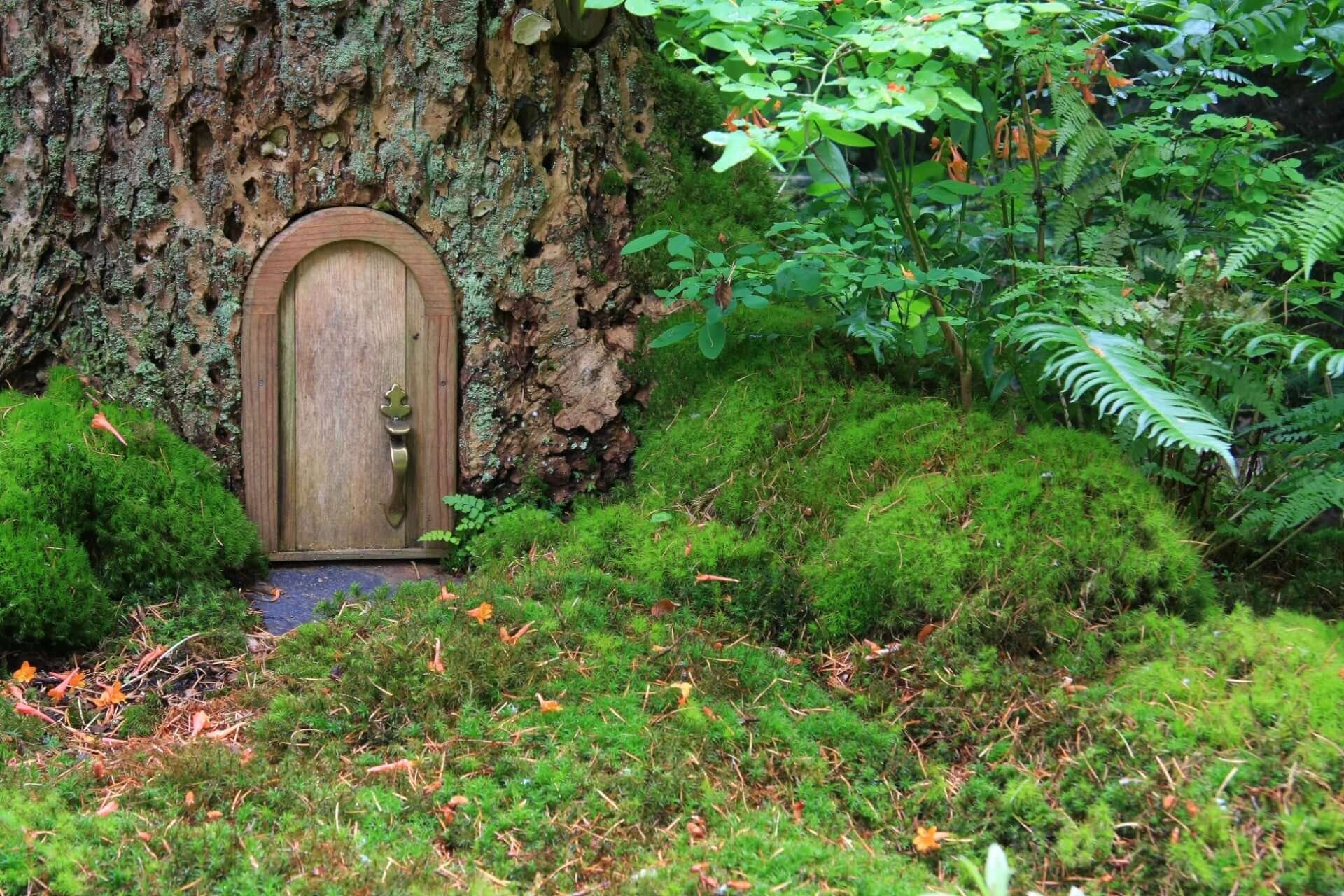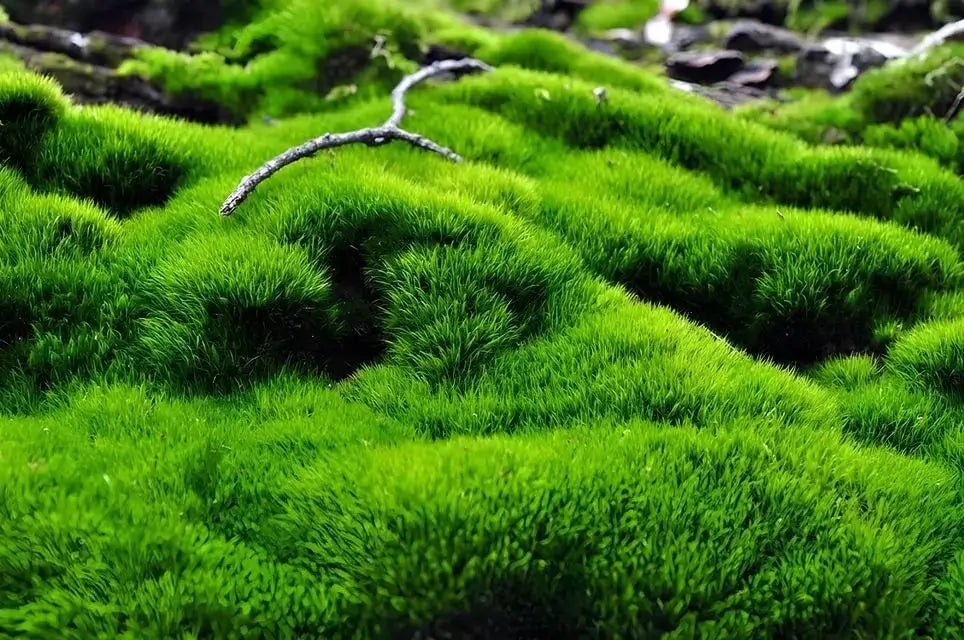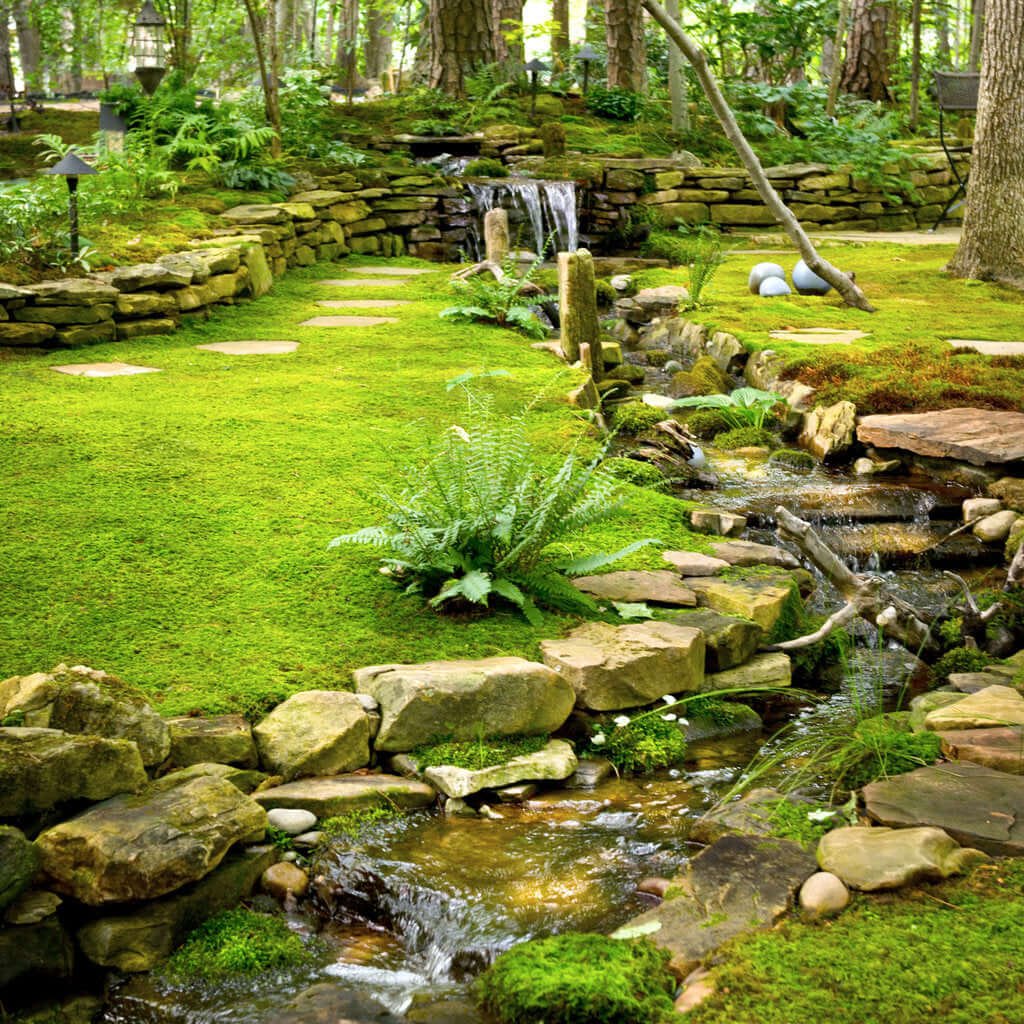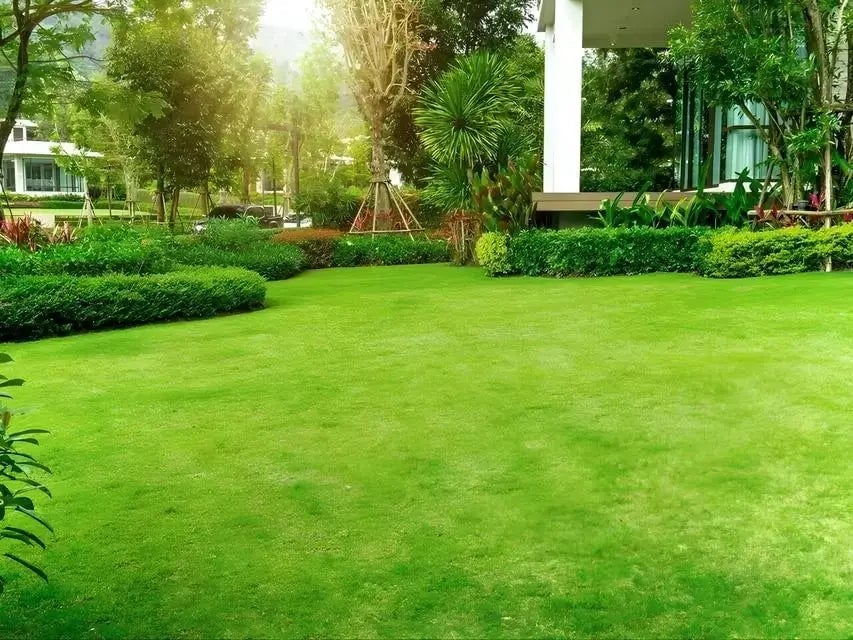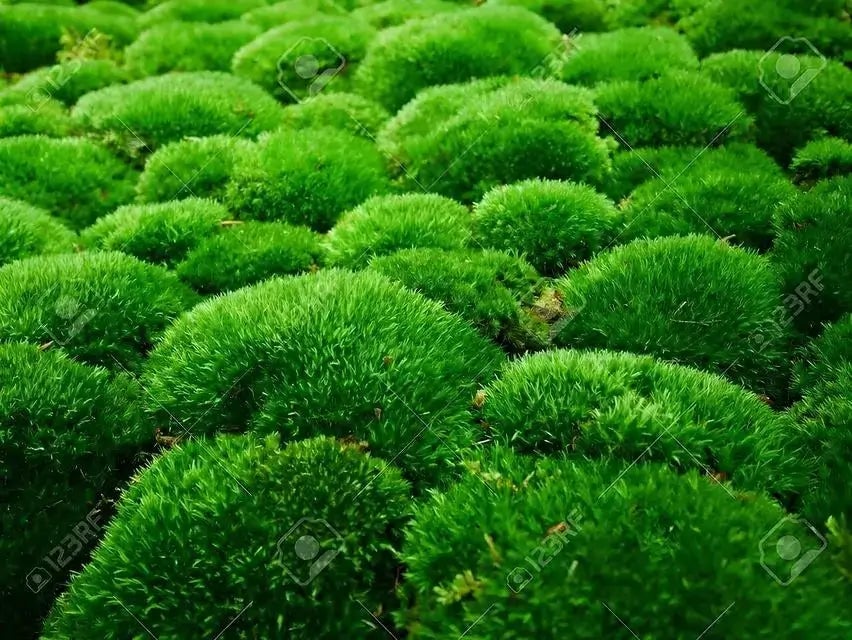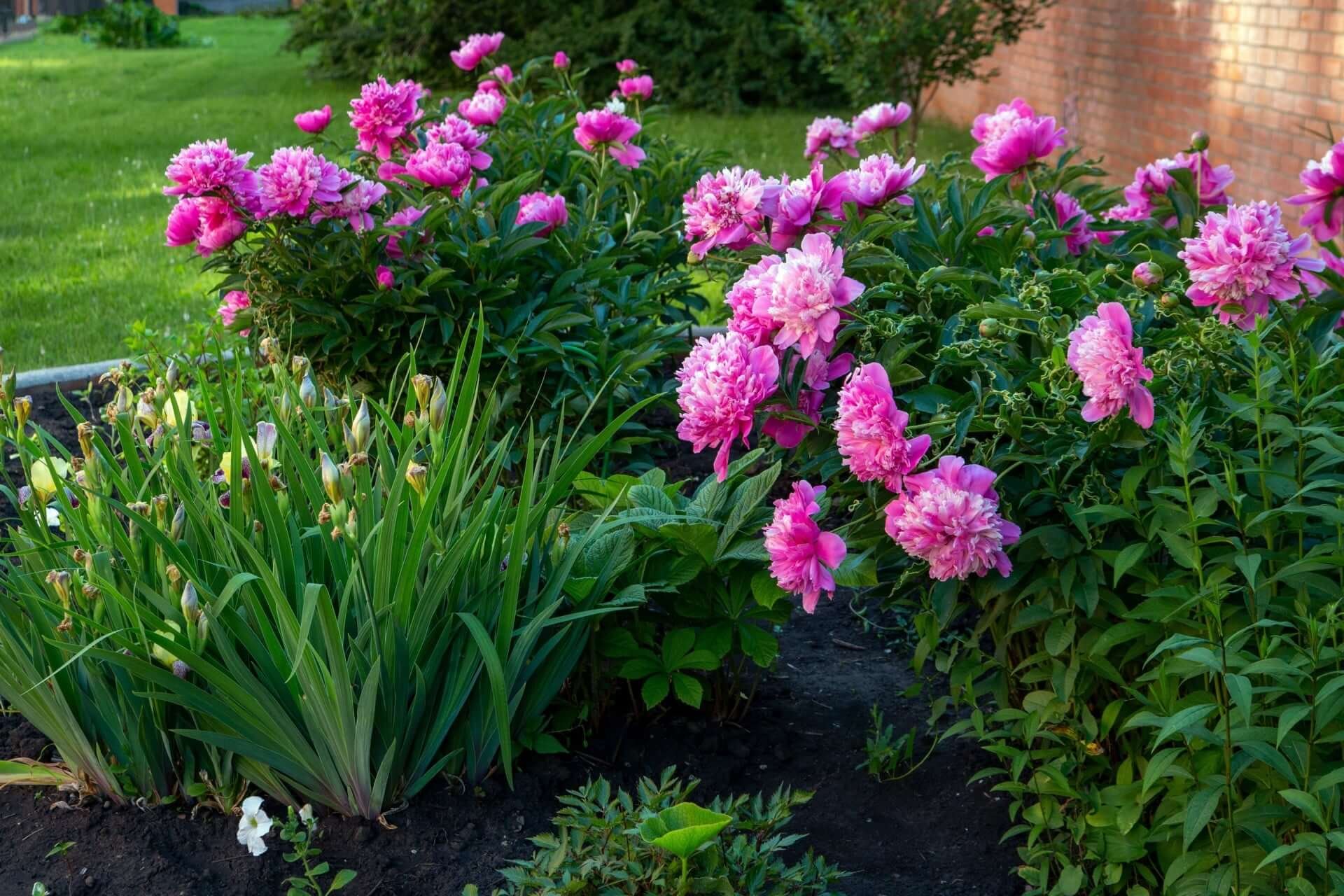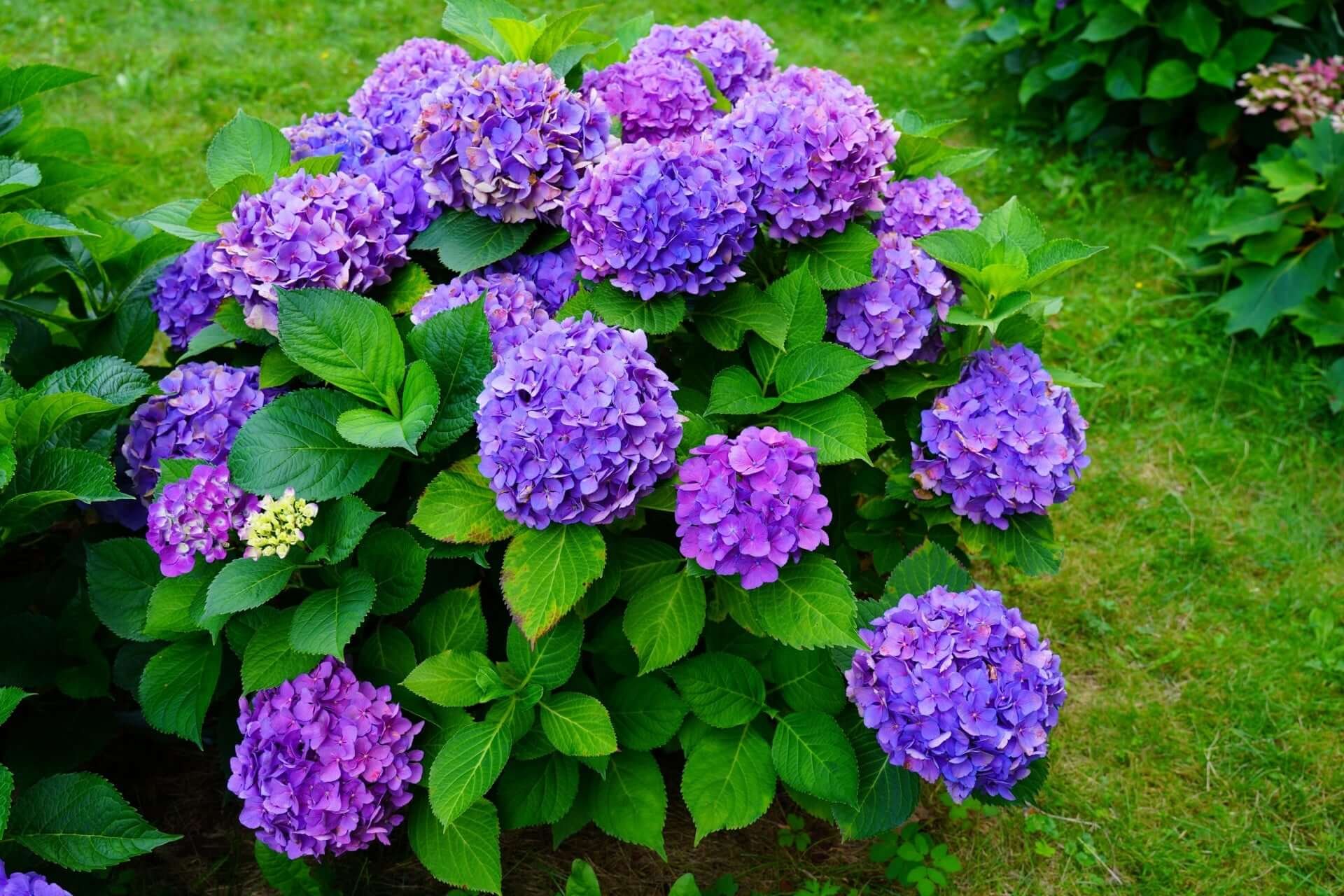Creating Your Moss Sanctuary
And the smooth texture and vivid green color make Moss an interesting plant to admire for the gardener or nature lover. Maintaining a moss garden in your garden is an enjoyable and spiritual journey that will put you in contact with nature at a whole new level. In this article, we'll discuss the things to consider and do to get your moss paradise off the ground, from where to put it to care for your Moss and create an ecosystem that flourishes.
1. Pick the Right Place Your moss garden is bound to thrive when you choose the right place for it. Moss needs some environment to flourish, like enough shade and moisture. So you just need to make a few assumptions and then create a moss paradise for years.
Moss likes dark spaces with diffused or filtered sunlight because intense sunlight burns its delicate leaves. Search under trees, on the north side of buildings, or where higher plants shade you naturally. Moss needs water to survive, so think of places where water stores are easily available: areas with lots of soil, ponds, or streams.
2. Prepare the Ground: Prior to planting Moss in a specific place, prepare the soil so that it is the best habitat for it.
Begin by clearing vegetation, weeds, or trash from the location. That will make a pristine rock on which your Moss will be planted. Soil that's compacted: Mow it loose with a rake or garden fork for drainage and aeration. Moss prefers slightly acidic to neutral soil, so if your soil pH is too low, amend it with organic material or peat moss.
3. Select the Right Moss Species Mosses come in different species with different preferences and properties. When choosing Moss for your sanctuary, think about climate, light, and style.
Grass species such as sheet moss (Hypnum curvifolium) and feather moss (Pleurozium schreberi) are general-purpose mosses that can be grown almost anywhere. However, it is a must to research native species of Moss in your region as these are more likely to live there and sustain local biodiversity.
4. Plant Your Moss Once you've selected the right species of Moss, it's time to plant them in your sanctuary. It can be propagated by means of spores, moss plugs, or fragments.
Moss Sanctuary's Love Water
Spread moss spores evenly over prepared soil for spore production. Keep the soil moist all the time to promote spores and Moss. Moss plugs, or chunks, can be lightly compacted into the surface of the soil for good soil contact. Take your time, Moss. It takes time to settle in and breed. Regularly misting or watering the lawn will keep the moisture in place for Moss.
5. You Must Give It Just Enough Water To stay alive, Moss needs enough water, and watering properly is key. All that's required is to keep the Moss always damp but not wet. Overwatering causes Moss to rot, and underwatering drives it dry and dead.
Sprinkle water over your moss paradise using a misting or fine mist nozzle for optimal moisture and to avoid agitation of the soil. It's like the kind of slow rain or dew mosses grow on. Check your Moss every few days, particularly during the dry times, and rewater accordingly.
6. Build a Moss-Friendly Environment For a successful moss paradise, you have to make the environment conducive to moss development and deter competitors. Consider the following steps:
a. Clean up Weeds: Inspect and pick out all weeds and unwanted plants that try to invade your moss habitat on a regular basis.
Grasses can eat Moss alive
b. Mosses are a natural and simple soil erosion control because they have shallow root systems that stabilize the soil. Such tiny prickly flowers form a mat of soil in place that doesn't easily wash away in a rainstorm or drainage ditch. If you want your mosses to have the ability to perform this necessary task, you'll want to take steps to keep them from getting damaged by erosion. For example, you can do this by installing erosion controls like retaining walls or rocks, which serve as a physical barrier to keep soil in place. If you can do that, your soil will be healthier and unable to succumb to the effects of erosion.
c. Be aware of potential disturbances so your moss sanctuary doesn't become disturbed. Mosses are super delicate and easily destroyed, so reducing traffic and other chaos in the neighborhood is essential. A good approach to do this is to construct pathways or stepping stones so you can walk up without landing on the Moss. In doing so, you will keep your moss garden looking good and healthy for many years to come.
d. Prune Other Nearby Vegetation: prune and cut other trees and shrubs nearby to keep them in the shade you want, and less chance of crashing or tumbling leaves or debris on your Moss.
7. Favor Biodiversity An ecosystem of mosses isn't Moss alone; it's a mini-biodome for your yard. For more biodiversity and for an environment that is well-balanced, other native plants and microbes should be added. Ferns, liverworts, and small woodland flowers can be planted in your moss garden to provide color and texture.
Animals Love Moss Sanctuary's
It also invites the insects - beetles, spiders, springtails - that Moss needs to stay healthy. Such microscopic creatures can scavenge organic matter and moss bugs and make an otherwise healthy ecosystem.
8. Be Patient and watchful. Creating a successful moss paradise takes patience and careful watching. Mosses are slow starters, and your cover might be months or years away from fully flowering. In the meantime, keep your Moss on the lookout for browning or drying out.
As your moss garden matures, you'll start to see the growth patterns and the fine changes that occur with its surroundings. Be on your toes, always, to change your maintenance and help your moss garden stay healthy and happy for years. By taking the time to get to know your moss garden's needs, you can give it the attention and nurturing it requires in order to thrive during every season.
9. Enjoy the Quiet. When your moss garden is up and running, take some time to soak in the silence. Moss gardens are peaceful and peaceful and the ideal place to sit down and think. Get a bench or seat close by so you can fully relax in your moss heaven.
Look at the variety of shapes, colors, and textures you will see in your moss paradise as it expands and thrives. Moss's velvety cushions, which feel so calm and soothing, are just the thing to unwind and chill out among the greenery. Your moss garden will also be home to many animals, like insects, birds, amphibians, and reptiles, which will make your backyard a living ecosystem. Pingback: With a little patience, vigilance, and a long time of commitment, your moss paradise will be a lasting complement to your outdoor area, and it will be an oasis of beauty and tranquility for years to come.


